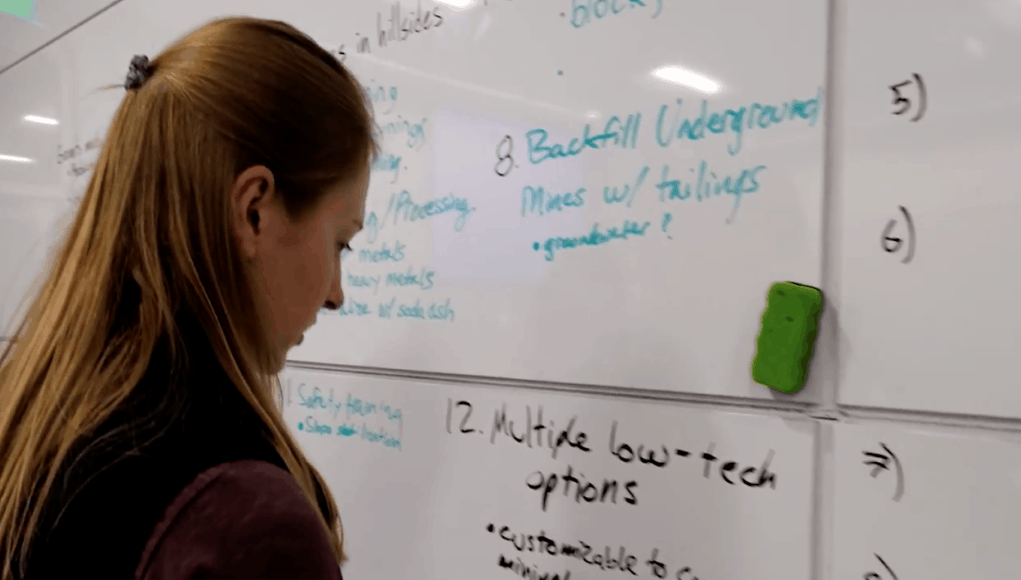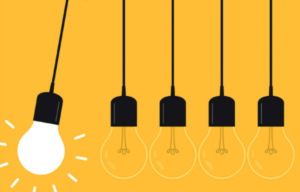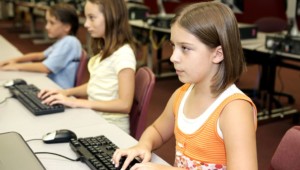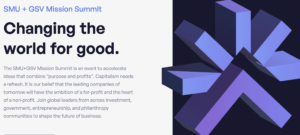Engineering Good in the World

For more than a century, subsistence miners have panned the streams of Colombia and Peru in search of a few flecks of gold. More than 40 million men, women and children in the global south make their living as artisanal and small scale miners (ASM). Some miners work full time, some only mine during the dry season, others resort to mining after conflict or natural disaster destroys their livelihood. Small scale mining practices are often dangerous, ecologically damaging and economically unsustainable.
This army of artisanal miners, important to the global economy but often damaging to the environment, didn’t get any attention from top engineering schools–until recently.
Dr. Juan Lucena leads Humanitarian Engineering (HE) at Colorado School of Mines. The program brings together engineering and social science professors to transform the ways engineers are taught to think, define and solve problems with communities.
This summer, with the support of an NSF grant, Lucena and HE co-director Dr. Jessica Smith, along with other professors from Mines, the US Air Force Academy and Univ of Colorado, will work with Colombian miners to develop more productive and sustainable practices.
Raised in Bogota, Colombia as the son of the mayor, Lucena saw how engineers built systems that benefited the wealthy. After studying engineering in Colombia, he explored the culture of engineering with anthropologist Gary Downey at Virginia Tech and studied how it could be practiced in ways that promote the wellbeing of communities, social justice, and sustainability.
His background allows him to questions assumptions about power dynamics between rich and poor, north and south. “We don’t presume that we know more than countries we want to serve,” said Lucena. That intellectual humility sets apart the Mines program from others that drop “solutions” on communities without an appreciation of context or attention to power differences among stakeholders.
Smith grew up the daughter of a miner in the coal fields of Wyoming’s Powder River basin. She drove a haul truck during the summer and observed the extractive industry’s impact on the local economy, ecology and society first hand. The Michigan trained anthropologist went on to study the mining industry with an emphasis on corporate social responsibility, labor relationships and gender. She wrote a book on Mining Coal and Undermining Gender and is currently finishing her second, which investigates engineers and the rise of corporate social responsibility.
Lucena and Smith built an approach to humanitarian engineering that maps projects’ stakeholders and relationships of power and knowledge, listening to their needs and concerns, collaboratively identifying opportunities to create shared value, proposing and modifying those plans to meet stakeholder groups and assessing those projects collectively.
Humanitarian Engineering at Mines is part of a relatively new division, Engineering Design & Society, that is also home to Design@Mines, a sequence of courses that develop creativity and problem-solving skills beginning with Cornerstone, an introduction to engineering, and concluding with Capstone, a senior design project. Humanitarian Engineering has two additional design-related courses, one focusing on problem definition (often the most ignored step in engineering education) and one on Projects for People, where some of the solutions to problems faced by ASM miners have been first conceived.
Mines President Paul Johnson said Design@Mines is an effort to introduce more open-ended design challenges–often defined by industry or community–and to work in teams to discover a solution after soliciting client input.
Lucena’s goal is to transform engineering education so engineers become politically relevant by designing, building and operating socially just and sustainable technologies. His 2017 co-authored book, Engineering Justice presents an examination of how politics, culture, and other social issues are inherent in the education and practice of engineering and how educators can integrate social justice into the engineering curriculum.
Doing Good in the World
Mines has a well-recognized humanitarian engineering program, but other universities including ASU, Baylor, and Ohio State feature courses in humanitarian engineering. What sets the HE program at Mines apart is its commitment to integrate engineering and social justice, its engagement with the extractive industries and its faculty influence in this emergent field through their scholarship and research.
At Olin College, “doing good for humanity” is a founding precept. A 20-year-old purpose built engineering program, Olin trains engineer-innovators to envision and deliver products, services and systems that transform the way people live on this planet.
Physicist Rebecca Christianson explained that doing good includes human-centered design, understanding context; considering ethics, equity and sustainability; and appreciating social responsibility and citizenship.
Alison Wood is another Olin campus leader in doing good (and was involved with Engineers without Borders in Peru). She taught a course this spring with Rob Martello called Change the World: Personal Values, Global Impacts, and Making an Olin GCSP. It is part of Olin’s Grand Challenges Scholars Program.
“Much of our work over the semester focused on helping students reflect on personal values and how those values inform their choices, particularly in thinking about future choices to contribute to “something larger than themselves,” as we put it in class,” said Wood. Students featured their final projects for faculty and advisors last week when I visited campus.
Olin, ASU, Baylor, OSU and Mines are part of KEEN, a network of 44 leading universities infusing an entrepreneurial mindset in engineering education. The shared framework focuses on design, opportunity and impact.
Because engineers often work on large scale long-term projects that may have a generational impact, it is promising that so many leading schools are incorporating user-centered design.
Lucena and Smith urge an even broader view to engineering education and practice, one that embraces the responsibility of awareness, dialogue and citizenship as the foundation for truly socially responsible engineering.
For more see:
- Contribution: Schools Alive with Possibility (and podcast)
- How to Be Employable Forever (information with Olin president Rick Miller)
- Blending Engineering, Entrepreneurial Mindset, and an Appreciation for the Variety of the Human Condition (Podcast with Amon Millner, Olin Computer Science)
Stay in-the-know with innovations in learning by signing up for the weekly Smart Update.
This post was originally published on Forbes.








divya jain
Yes engineering is very good.
Getting a good job is not an easy task. One has to work hard for it.
Placement either occurs in good colleges or not. So how can we get the job? Internship is the other way round.
It makes a staircase between the qualification and the job.
From where can we get the internship?
www.mychatri.com is a good platform.